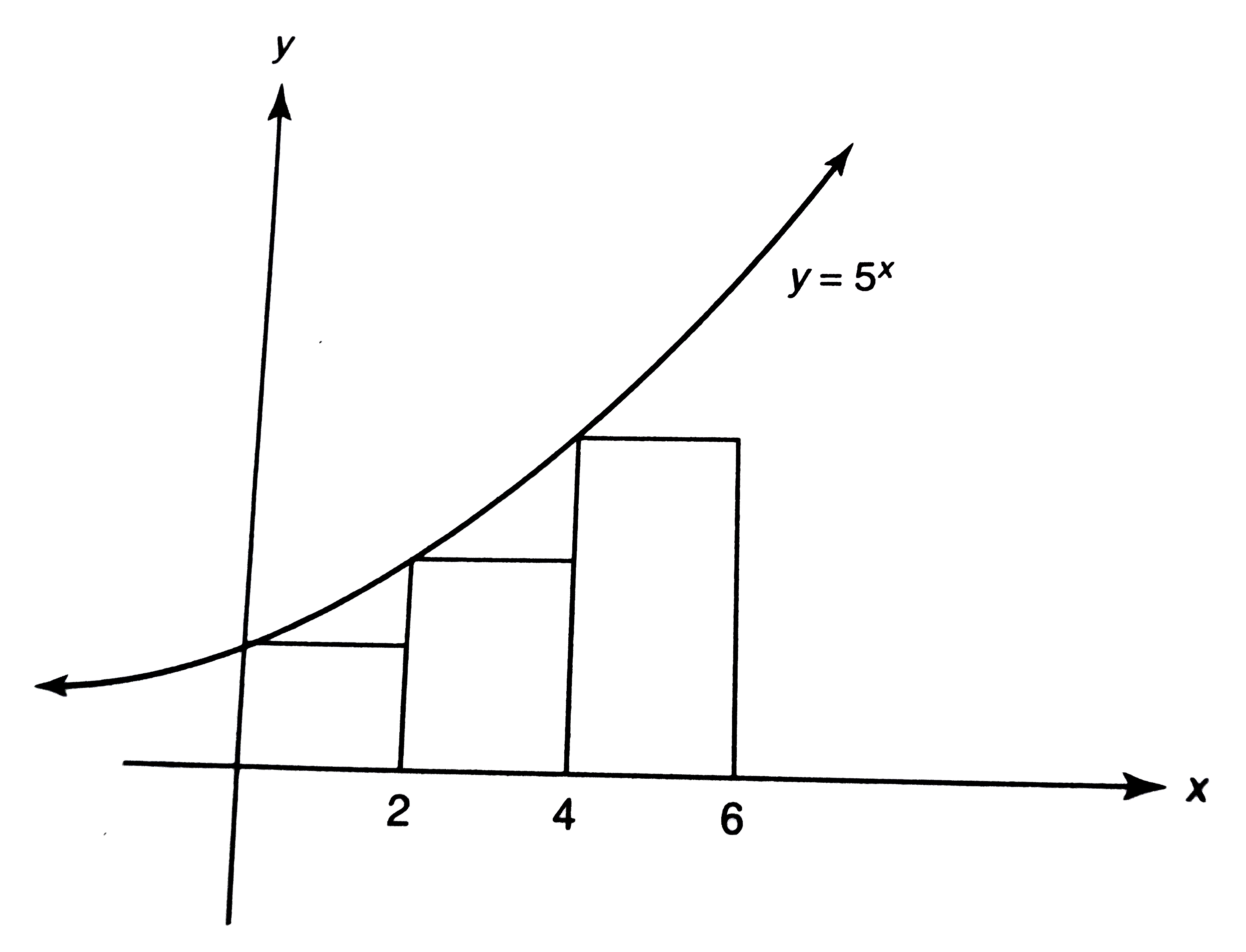समाकलन I=∫e√xcos(e√x)√xdx=f(x)+c (जहाँ, c समाकलन नियंतांक है) और f(ln(π4))2=√2 है, तब f(x)=2e(∀x∈R−{0}) के हलों की संख्या बराबर है:
The correct Answer is:0
Step by step video & image solution for समाकलन I=int(e^(sqrtx)cos(e^(sqrtx)))/(sqrtx)dx=f(x)+c (जहाँ, c समाकलन नियंतांक है) और f(ln((pi)/(4)))^(2)=sqrt2 है, तब f(x)=2e(AAx inR-{0}) के हलों की संख्या बराबर है: by Maths experts to help you in doubts & scoring excellent marks in Class 12 exams.
Updated on:21/07/2023Topper's Solved these Questions
Similar Questions
यदि f(x)=||2sinx−1|−2cotx| है, तो f‘(π3) का मान बराबर है
View Solution∫2ππ[2sinx]dx का मान होगा, जहाँ [⋅] महत्तम पूर्णांक फलन को दर्शाता है -
View Solution∫e√xcos(e√x)√xdx
View SolutionIf f(x) = x√x , then f(√2)=

View Solution∫b4a4f(√x)(√x)[f(a2+b2−√x)+f(√x)]dx is equal to
View SolutionThe integral I=∫e√xcos(e√x)√xdx=f(x)+c (where, c is the constant of integration) and f(ln(π4))2=√2. Then, the number of solutions of f(x)=2e(∀x∈R−{0}) is equal to
View Solution∫sin5x2sinx2dx बराबर है, (जहाँ C एक समाकलन अचर है)
View Solutionयदि ∫dxx3(1+x6)23=xf(x)(1+x6)13+C जहाँ C एक समाकलन अचर है, तो फलन f(x) बराबर है
View Solutionयदि ∫x5e−x2dx=g(x)e−x2+c है, जहाँ c एक समाकलन अचर है तो g(−1) बराबर है
View Solutionयदि ∫(x+1)√2x−1dx=f(x)√2x−1+C है, जहाँ C एक समाकलन अचर है, तो f(x) बराबर है
View Solutionसमाकल ∫cos(logex)dx बराबर है (जहाँ C एक समाकलन अचर है)
View Solutionसमाकलन ∫3x13+2x11(2x4+3x2+1)4dx बराबर है (जहाँ C समाकलन का एक अचर है)
View Solution∫(e√x−e−√x)cos(e√x+e−√x+π4)+–––––––––––––––––––––––––––––––––––––––––––––
(e√x+e−√x)cos(e√x−e−√x+π4)√xdx
View SolutionThe value of ∫e√x√x(√x+x)dx is equal to
View Solution∫b4a4f(√x)(√x)[f(a2+b2−√x)+f(√x)]dx is equal to
View Solution∫b4a4f(√x)(√x)[f(a2+b2−√x)+f(√x)]dx is equal to
View Solution